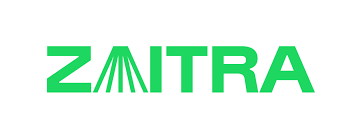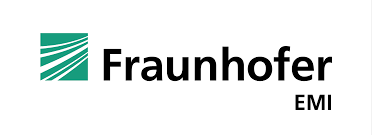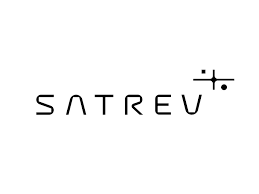
 Payload
Payload 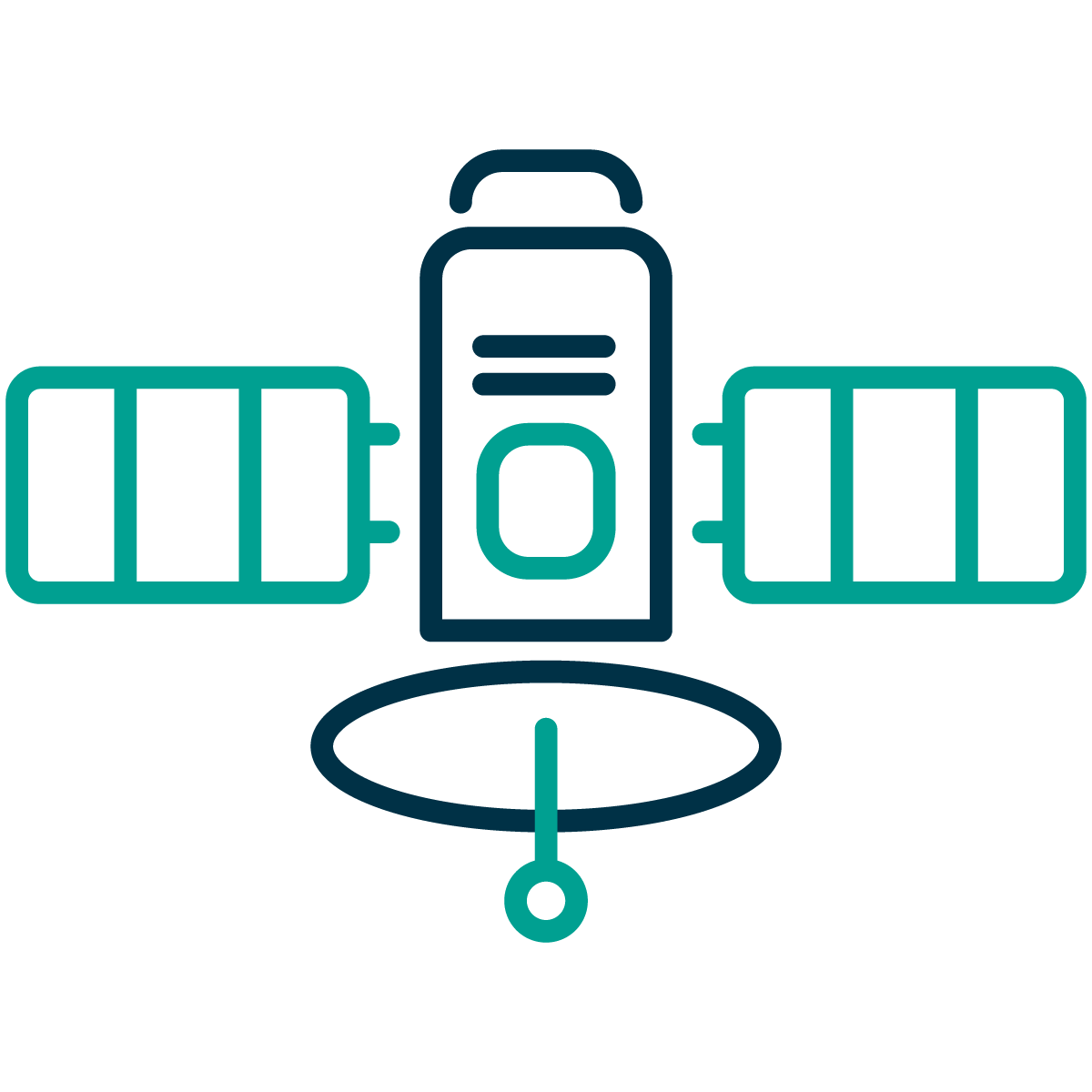 Platform
Platform Earth Observation missions generate a vast amount of data. Particularly, missions with hyper/multispectral cameras commonly collect hundreds of gigabytes per day. Up to 70% of this data consists of cloudy pixels lacking any added value and thus cannot be further utilized by the end users. SKAISEN addresses this challenge by helping Mission Owners, System Integrators, Payload Developers and Mission Operators mitigate these financial losses by identifying cloudy pixels directly onboard the satellites before the downlink costs occur. By leveraging the AI-driven SKAISEN solution, customers can significantly reduce their costs associated with the ground segment infrastructure while maximizing the valuable data downlink. SKAISEN is designed to be highly reusable and independent of the sensor and processing unit selected for the mission. This ensures its availability for any Earth Observation mission and its highly competitive price.
The key customer segments targeted by SKAISEN are Mission Owners, System Integrators, Payload Developers and Mission Operators.
The main pains of these customers in data access are:
SKAISEN aims to bring a customer-friendly solution for acquiring valuable data only, reduce mission costs and increase mission profits.
Mission Owners, System Integrators, Payload Developers and Mission Operators all over the world, focusing on Earth Observation missions.
The product SKAISEN is an onboard software solution designed to estimate cloud coverage on EO imagery. The key components of the product are:
The role of SKAISEN in the context of the overall satellite system is a pluggable onboard software integrated into the data pipeline of the satellite, with the aim to provide additional information to the platform and mission operator. The product has no impact in terms of data modification or deletion. This decision remains with the mission operator or other responsible person.
The principle of how SKAISEN works is described in the picture below. After collecting imagery by the satellite, SKAISEN processes the data and extracts valuable data only, which is then transported to Earth. This approach optimizes downlink by minimizing unnecessary data transmission.
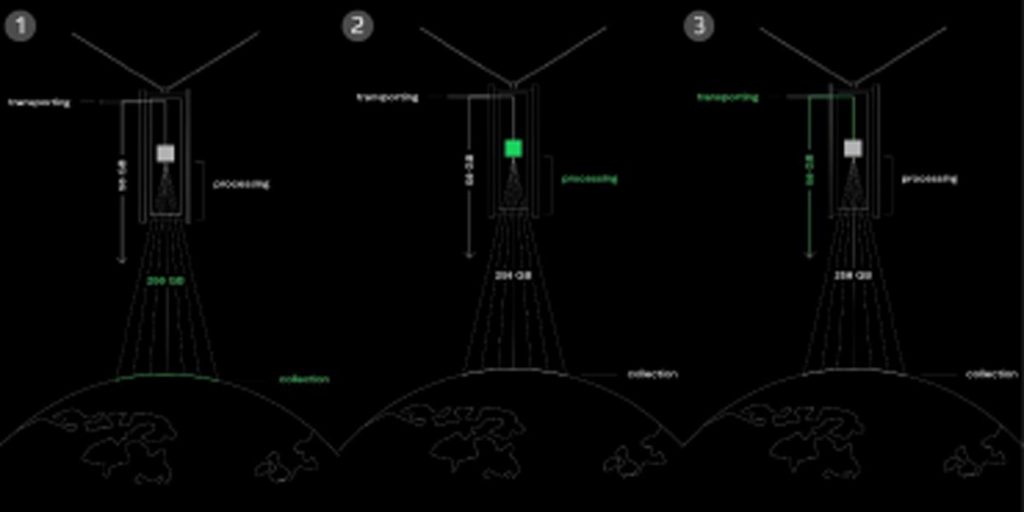
There are several views on how to optimize data transfer to Earth. The most common approach is processing data before transportation. There are already available onboard data processing products in the market. The difference between them and SKAISEN lies in their reusability.
SENSOR INDEPENDENCE: While the existing products are operable, e.g., in the visible spectrum, SKAISEN is sensor independent, regardless of whether the optical sensor operates as monochromatic, RGB, multispectral or hyperspectral. The flexibility in choosing the right camera for the mission remains for the customer.
DPU INDEPENDENCE: Whether a single software solution or the entire payload is needed, SKAISEN offers both. SKAISEN is available in three different configurations, and there is no limitation in choosing the hardware part.HERITAGE: Operating in the space segment means understanding the emphasis placed on flight heritage. SKAISEN demonstrated its first capabilities during the VZLUSAT-2 mission in the summer of 2022. Additionally, three confirmed missions for SKAISEN are scheduled for 2024
The activity kicked off in November 2023.
